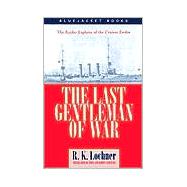|
ix | ||||
| Preface | xi | ||||
|
|||||
|
3 | (18) | |||
|
21 | (14) | |||
|
35 | (20) | |||
|
|||||
|
55 | (20) | |||
|
75 | (10) | |||
|
85 | (24) | |||
|
109 | (9) | |||
|
118 | (15) | |||
|
133 | (12) | |||
|
145 | (15) | |||
|
160 | (7) | |||
|
|||||
|
167 | (26) | |||
|
193 | (13) | |||
|
206 | (7) | |||
|
|||||
|
213 | (9) | |||
|
222 | (14) | |||
|
236 | (6) | |||
|
242 | (16) | |||
|
258 | (6) | |||
|
264 | (10) | |||
|
274 | (7) | |||
|
281 | (20) | |||
| Appendix: The Ship | 301 | (8) | |||
| Bibliography | 309 |









